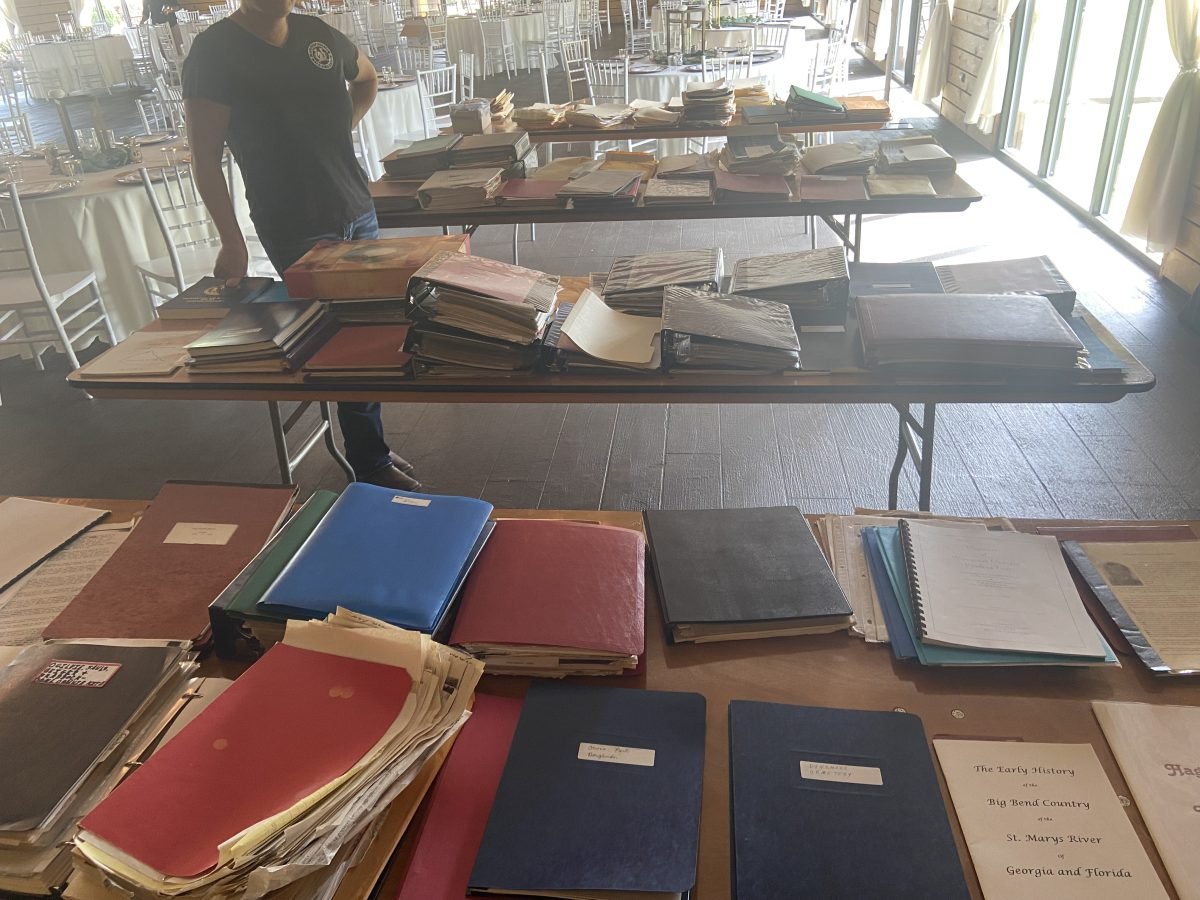Digitizing Your Genealogy Materials for Easy Access and Sharing
Once you have assessed, organized, and labeled your genealogy materials, it’s time to consider digitizing your collection. Digitization not only helps preserve important records and documents, but also makes it easier to share your family history with relatives and fellow researchers. In this article, we’ll walk you through the process of creating a digital archive of your genealogy materials, ensuring that your family’s legacy is safeguarded and accessible for future generations.
Choose the right tools:
Invest in a high-quality scanner or a digital camera to capture clear images of your documents and records. Scanners with an automatic document feeder (ADF) can be especially helpful for digitizing large quantities of papers quickly, while a digital camera with a tripod and good lighting is useful for photographing larger or fragile items.
Scan or photograph documents:
Scan or photograph each document or record, capturing images at a high resolution (300 DPI or higher) to ensure that details are preserved. When scanning or photographing, ensure that the entire document is visible, and that the images are clear and in focus. Be gentle with fragile materials to avoid causing damage.
Organize digital files:
Create a digital filing system that mirrors the physical organization of your genealogy materials. Use clearly labeled folders and descriptive file names that include the relevant names, dates, and relationships. This will make it easier to locate specific files in the future.
Example file naming format:
Surname_GivenName_Event_Year
(e.g., Smith_John_Birth_1900)
Convert files to standard formats:
Save your digital images in standard file formats, such as PDF for documents and JPEG or TIFF for photographs. These formats are widely supported and ensure that your digital files remain accessible and compatible with various devices and software.
Backup your digital archive:
To protect your digital archive from potential data loss, create multiple backups of your files. Store copies on your computer, an external hard drive, and a cloud-based storage service. Regularly update your backups to ensure that any new additions to your digital archive are preserved.
Share with family members:
With your genealogy materials digitized, it’s easier than ever to share your family history with relatives. Consider creating a shared online folder, using cloud-based services like Google Drive or Dropbox, where family members can access and contribute to the digital archive. This collaborative approach helps engage and connect your family through the exploration of your shared heritage.
Utilize genealogy software:
Genealogy software can help you manage, analyze, and visualize your family history data. Import your digital archive into a genealogy software program, such as Family Tree Maker, Roots Magic, or Gramps, to create a comprehensive family tree, generate reports, and identify potential research leads.
Stay up-to-date with digitization best practices:
As technology evolves, so do digitization practices and standards. Stay informed about new techniques, tools, and best practices for digitizing and preserving genealogy materials to ensure that your digital archive remains accessible and secure over time.
Digitizing your genealogy materials is an essential step in preserving and sharing your family’s history. By creating a digital archive, you safeguard your precious records and documents, making them easily accessible to current and future generations. As you continue to expand your family tree, your digital archive will serve as a lasting testament to your ancestors’ lives and legacies, connecting your family through a shared appreciation of your rich heritage.

